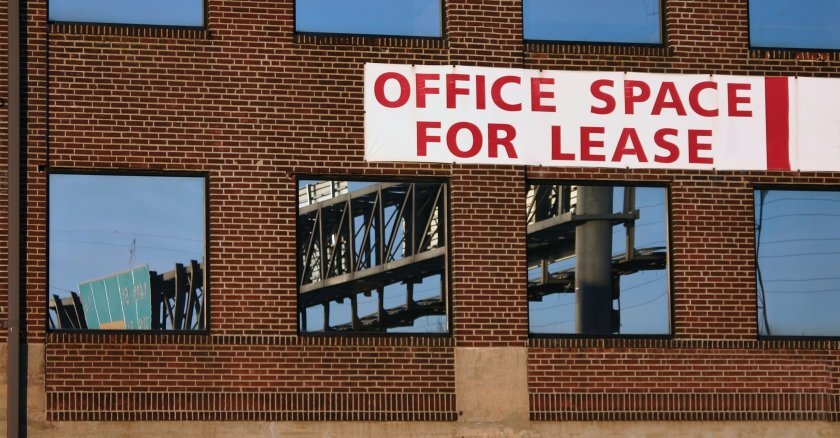Although the exodus from downtowns has slowed and more employers are calling at least some employees back to work for at least a few days each week, there is no question that a permanent fiscal scar will remain in many cities. In San Francisco, it’s potentially a $200 million annual revenue shortfall, and that’s not counting the impact on the regional mass transit agency. In many cases the financial foundations of metropolitan mass transit systems and toll bridges and tunnels will need to be restabilized with alternative revenue sources. But that’s just the governmental revenue side of the challenges and complications to tax systems that remote work has brought on. It’s become a multifaceted tax headache.
As just one example, the taxation of companies with remote workers can cross state lines as the “nexus” of business activities can be deemed to include the location of their employees and independent contractors, thus subjecting the employer to unforeseen state tax liabilities and reporting. In some cases, employers may find that their ultimate cost of accommodating certain remote workers becomes prohibitive or simply too complicated administratively and will begin to escalate their return-to-work mandates.
Employers are clearly caught in a vise as they try to balance employee job satisfaction with their businesses’ productivity while also adjusting their real estate occupancy costs. Some of the larger employers have experimented with remote-workplace arrangements, taking the work site closer to their employees’ homes. To the extent those arrangements persist beyond a few years, the implications for urban property tax and sales tax bases are obvious: The economic activity will have shifted beyond their boundaries, and with it a big chunk of municipal revenue streams.
There is a new wrinkle that is beginning to gain attention among some employers and their landlords: the opportunity zone conundrum. Those who followed the fanfare of the Trump-era tax cuts will recall that the 2017 tax deal included a sweet loophole for developers and businesses that locate facilities in federally designated opportunity zones (OZ), typically a cluster of census tracts with below-average personal income. Many of these were located in urban centers. What’s been overlooked or forgotten until recently is that a condition of the tax preferences granted to OZ investors is that a certain percentage of a qualified business’ employment must be local. So an exodus of employees in such companies to work remotely outside of the zone’s boundaries can jeopardize the tax breaks — a worrisome issue for the managers of these businesses.
And these federal OZ requirements are just one example. Several states have specific requirements for local on-site employment when they provide economic development tax incentives.
Waivers have been granted in certain cases, some of them temporary, but in others it remains unclear just where the line will be drawn for exemptions or adjustments. Business owners and managers hate this kind of ambiguity, so there will be mounting pressure to resolve the policy issues or at least provide functional guidance to those who are in jeopardy so that they can make rational decisions based on more than just a hunch.

This transition would support the concept and long-time urbanist goal of “15-minute cities,” bringing homes, shopping and services walkably or bikeably close to workplaces. Ten-year state income tax credits for walk-to-workers could be the catalyst that municipal leagues should promote. Any signals to owners that the taxing authorities are willing to help them will be constructive interventions that can help stabilize property assessments and thus the revenue base.
Fiscal officers, tax administrators, economic development departments, toll and transit authorities, and budget officials will all be watching to see how this remote-work migration ultimately shakes out. The process of adaptation has just begun. For now, policymakers will be wise to keep a close eye on developments not just locally but in other jurisdictions across the country.
Governing's opinion columns reflect the views of their authors and not necessarily those of Governing's editors or management.














